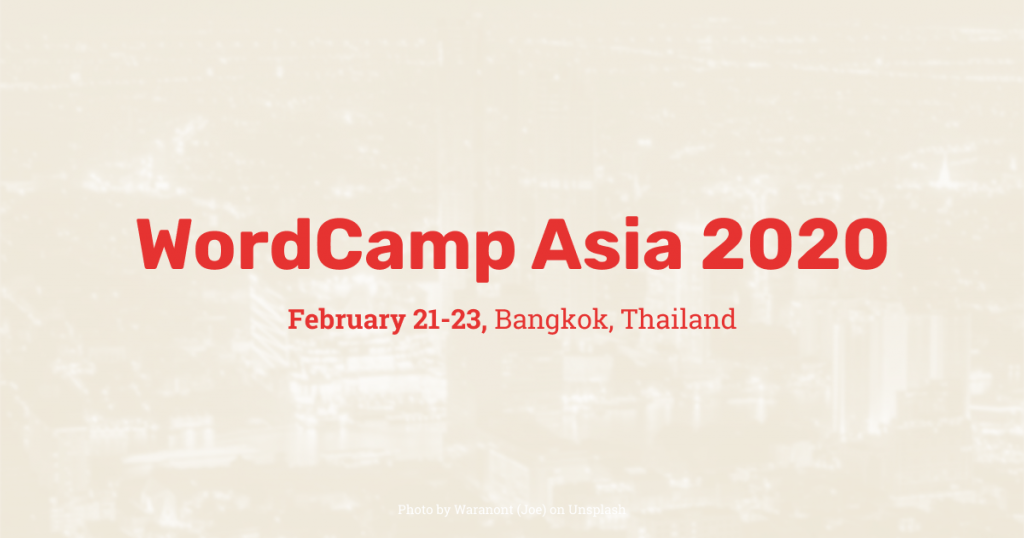There are lots of myths around UX in the web industry, such as the well-known but inadequately supported ‘three-click rule.’ While efficiency is definitely important to your users, it’s much more critical that they can clearly and quickly find what they want without having to guess where to go next.
Jo Minney is here to share with you her process for developing a sitemap that people will actually find useful, and what you REALLY should be thinking about when planning a website.
We’ll cover:
- Cardmapping (what it is and why it works)
- Web searcher behaviour (how users locate and follow the scent of information)
- The user experience honeycomb (facets of UX to consider to change how you think)
This talk is applicable for anyone building websites for clients, as well as anyone with their own website that is struggling with traffic and conversions.
Open source matters to the future of design. It enables more people to have access to design. Open source matters to the future of us all. Designing in open source isn’t always easy and in this talk I’ll draw on my background along with experiences in the WordPress project. What are the challenges and why does it matter to have designers in open source? How can we create spaces that encourage, nurture and let designers thrive in our projects. How can we all unite in an open source future?
My topic is based on Human-Computer Interaction (HCI) and its connection to modern design. HCI is the study of the interaction between people and computer-based systems which takes into consideration the physical, psychological and theoretical aspects of this process.
I want to take a very beginner-friendly session on human-computer interaction that quickly covers the basics of HCI including affordances, signifiers, constraints, mappings, feedback. After covering the basics, I want to show some examples of thoughtful design and how people can integrate these concepts to make better designs.
I believe this session can benefit all sorts of WordPress users including developers, designers and anyone who uses WordPress. This session will enable everyone to design interactive products that will help to support people in their every day and working lives. Providing a great user experience will always bring to joy for users.
I will show the basic principles of human-centric design and how everyone can design human-centric products for increased usability and customer satisfaction.
It will be a funny session because I want to start with some bad designs and make it very interactive. And I will wrap up in 10-12 minutes providing the very basic of human-computer interaction.
Good web accessibility can assist disabled students to finish the degree. I have been working with the marketing team in RMIT University to establish design system for the global team. I was interviewed and did group session about improving our web interface to support disabled students. My aim for this talk is to inspire WordCamp Asia attendees to consider how to build inclusive design on their products.
We all know that 3 seconds is all it takes to lose the attention of visitors to our web pages. But there’s hope yet! We can all win on the web by leveraging the brain’s strengths and limitations.
An understanding of how the human brain processes visual information can greatly help us win our visitors over and keep them where we want them, instead of losing them to cyberspace.
By knowing how the brain (and people!) interpret visual language, we can create designs and graphics that communicate clearly and are effective on a cognitive as well as an emotional level.
This will lead to better UX and better sales for our clients.
This talk gives a brief introduction to this fascinating topic, with practical, actionable examples accompanying the theory.
Designing for accessibility often lands on the chopping block of cost cuts and tight deadlines. It’s been considered mandatory only for governmental contracts and optional for everything else. In this talk, I will make a case for accessibility not only becoming an integral part of good user experience for all but also having positive effects on your bottom line.
Attendees will walk away learning the basics of accessible design and ways to implement it in their businesses.
Working remotely has many benefits but also some obvious and non-obvious challenges. Discussions about remote work also often tend to be generic, but what are the key lessons from the largest fully distributed company in the world, Erin?
A lot of the tools available to designers are meant to be used in person, to the point that many designers are lost if they happen to work remotely, or they want to switch a product team to be remote. How to build trust, gather feedback and craft a unified vision? This talk takes inspiration from some of the practices of Erin’s teams and WordPress open source development model to overcome some of the unique challenges of remote working.
Interestingly enough, all these findings can be beneficial also to local teams, as they can improve the work quality and prepare it to scale.

